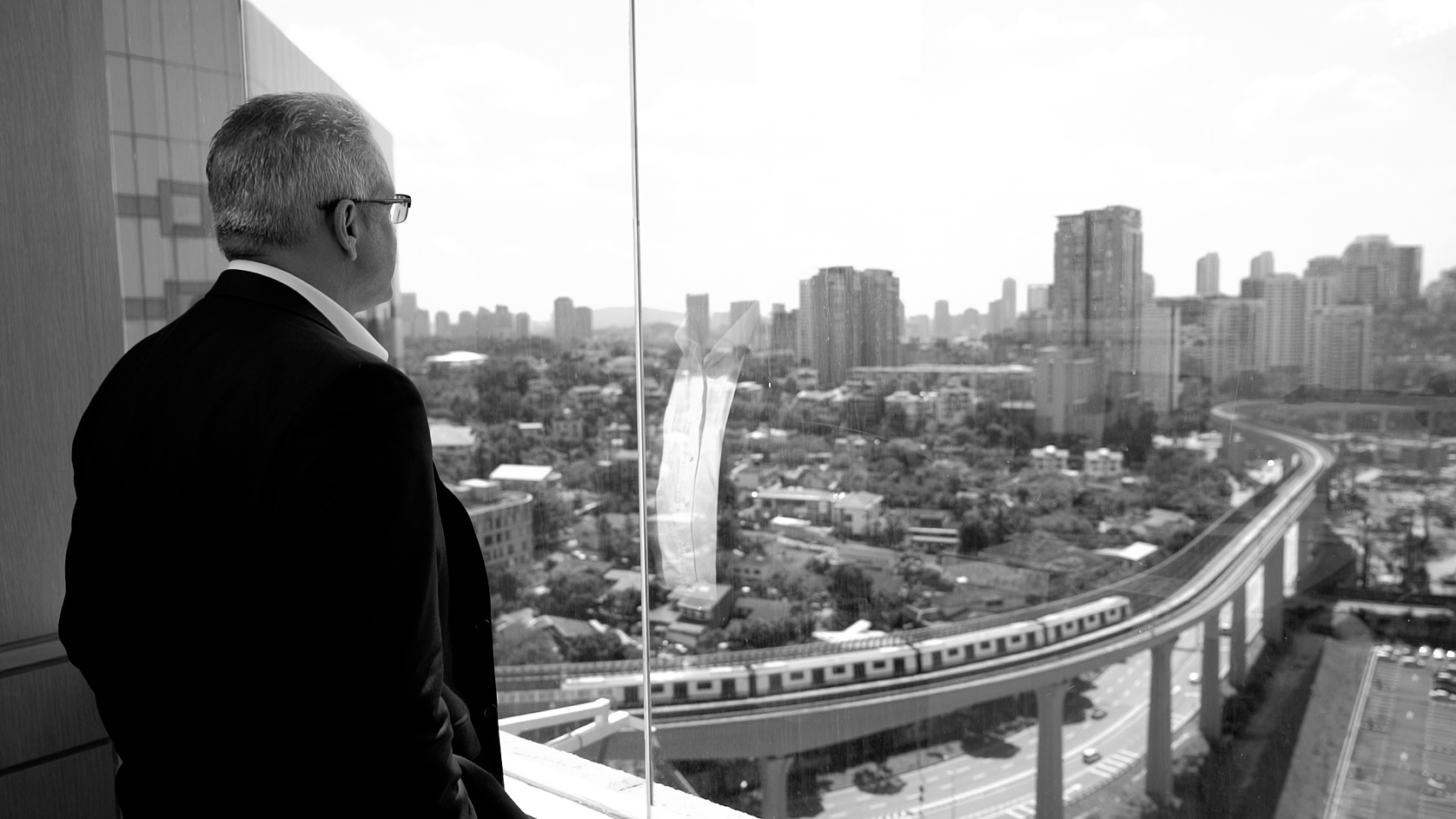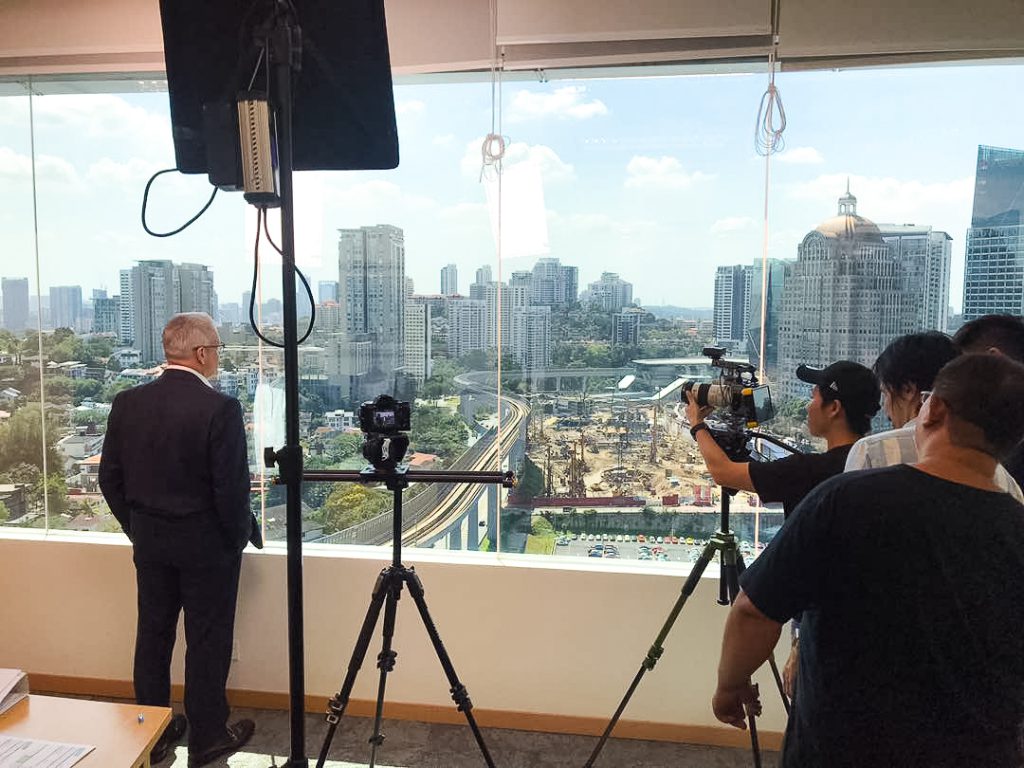By Idris Jala
“Malaysians must be able to rise above the distractions to look at our fundamentals and make an informed choice.”
For those who develop resolutions, we always begin each new year with renewed vigour and optimism. More so, when we begin to look at how Malaysia is growing against the global landscape. As we move to complete the first quarter of 2018, stable growth is still being exhibited by leading economies, given that the global growth forecasts for 2018 and 2019 have been revised upward by 0.2 percentage points to 3.9%. This translates to a positive outlook.
When we compare the Malaysian economy against the rest of the world, we’re moving at a very good pace. Malaysia’s GDP was recorded at 5.9% in 2017. This outpaced regional neighbours such as Singapore, South Korea and Taiwan.
The performance was recognised by the World Bank, which revised its forecast for the country’s economic growth for 2017 twice during the year, raising it from 4.3% in April to 4.9% in June to a higher forecast of 5.2% in October 2017. Fitch has also reaffirmed its A- rating for Malaysia with a stable outlook. The central bank, Bank Negara Malaysia, also continues to earn recognition for its handling of the country’s monetary policy.
In fact, the National Transformation Programme (NTP) has year-on-year catalysed Malaysia to move closer to its True North of becoming a high-income nation. In 2017, the gap between Malaysia’s GNI per capita and the World Bank’s high-income threshold has narrowed to 20% after the country spent more than a decade stuck in the middle-income trap.
We have always maintained that the journey to transform is a marathon, not a sprint. As Malaysia nears the completion of its transformation, the country must remain focused in implementing the initiatives to achieve its True North.
The outlook for this is positive. In 2018 Malaysia is expected to continue solidifying growth from its fiscal policies and economic diversification efforts from the NTP, which included growing private sector investment.
Decisive measures
Prior to the NTP, the economy was too reliant on the oil and gas industry, which is susceptible to price fluctuations. In 2009, oil and gas revenue contributed to 41% of government income.
Through the NTP, the government chose to focus growth on 12 economic priority sectors, enabling the government to reduce its dependency on income from oil and gas revenue, which has declined to around 14% in 2017. This has allowed for balanced and stable economic growth, bolstering the economy’s resilience against external shocks such as the reversal of commodities prices seen in recent years.
This is why, as demonstrated by the economy’s results in 2017, the country has continued to outperform global growth since the launch of the NTP in 2010.
Market observers and investors have shown that they value the strength and stability emanating from economic and business conditions in Malaysia. This is reflected by the country’s 23rd ranking among 190 countries in the World Bank’s Doing Business Report 2017 and continued foreign investor confidence.
Notably, Saudi Arabian oil and gas giant Saudi Aramco committed a US$7 billion investment in the Refinery and Petrochemical Integrated Development (RAPID) project in the Pengerang Integrated Petroleum Complex (PIPC). PIPC is one of the flagship projects under the NTP and has the potential to become one of the largest downstream oil and gas hubs in Asia.
Staying inclusive
When the plans for NTP were laid out eight years ago, we knew that for the transformation to be complete, its outcomes needed to be inclusive and sustainable. To this end, the economic diversification contributed to the creation of 2.68 million additional jobs between 2010 and 2017. This has supported the narrowing of the country’s Gini Coefficient, which measures income disparity, to 0.399 in 2016 from 0.441 in 2009.
The NTP also ensured to address the areas most pressing to Malaysians. This included their safety and security through the reducing crime focus area, where efforts to combat crime have resulted in a stunning 53% reduction in index crime between 2010 and 2017.
The government is also striving to transform the delivery of its services to the public. Thanks to efforts such as the establishment of Urban Transformation Centres (UTC) and Rural Transformation Centres (RTC) to serve as one-stop, integrated premises for the efficient utilisation of public resources, the public is seeing better service from the government. Initiatives to improve the public healthcare system has also enabled shorter waiting times for patients and reduced congestion at government hospitals.
As testament to these initiatives, the World Economic Forum’s Global Competitiveness Report 2017-2018 ranked Malaysia second out of nine ASEAN countries and 15th globally for efficiency in public spending – this also put the country ahead of developed nations such as Finland, Norway, Sweden and Japan.
All these indicators suggest that Malaysia is in a good socioeconomic position and the country is on the right track. Different commentary and opinions will always exist and will get even louder considering the country’s impending 14th General Elections.
Whatever our stance is, people must understand that when politics is exploited, it is nothing but a play on perspectives. Concerns pervade every election season. Malaysians must be able to rise above the distractions to look at our fundamentals and make an informed choice.
This boils down to the question of: how are we doing as an economy? Do our people have jobs? And are we getting closer to our target of becoming a high-income nation? Keep this in mind, while we walk towards the polls this year and carry out our duties as a democratic nation.



 Develop content that audiences can connect to emotionally. Analytics and research illustrate that people share videos they emotionally connect to at a much higher rate than those which contain marketing fluff.
Develop content that audiences can connect to emotionally. Analytics and research illustrate that people share videos they emotionally connect to at a much higher rate than those which contain marketing fluff.